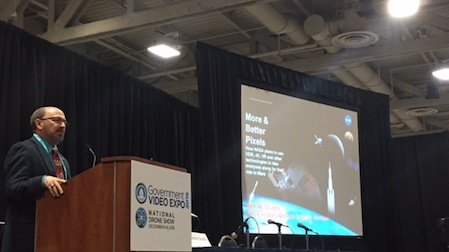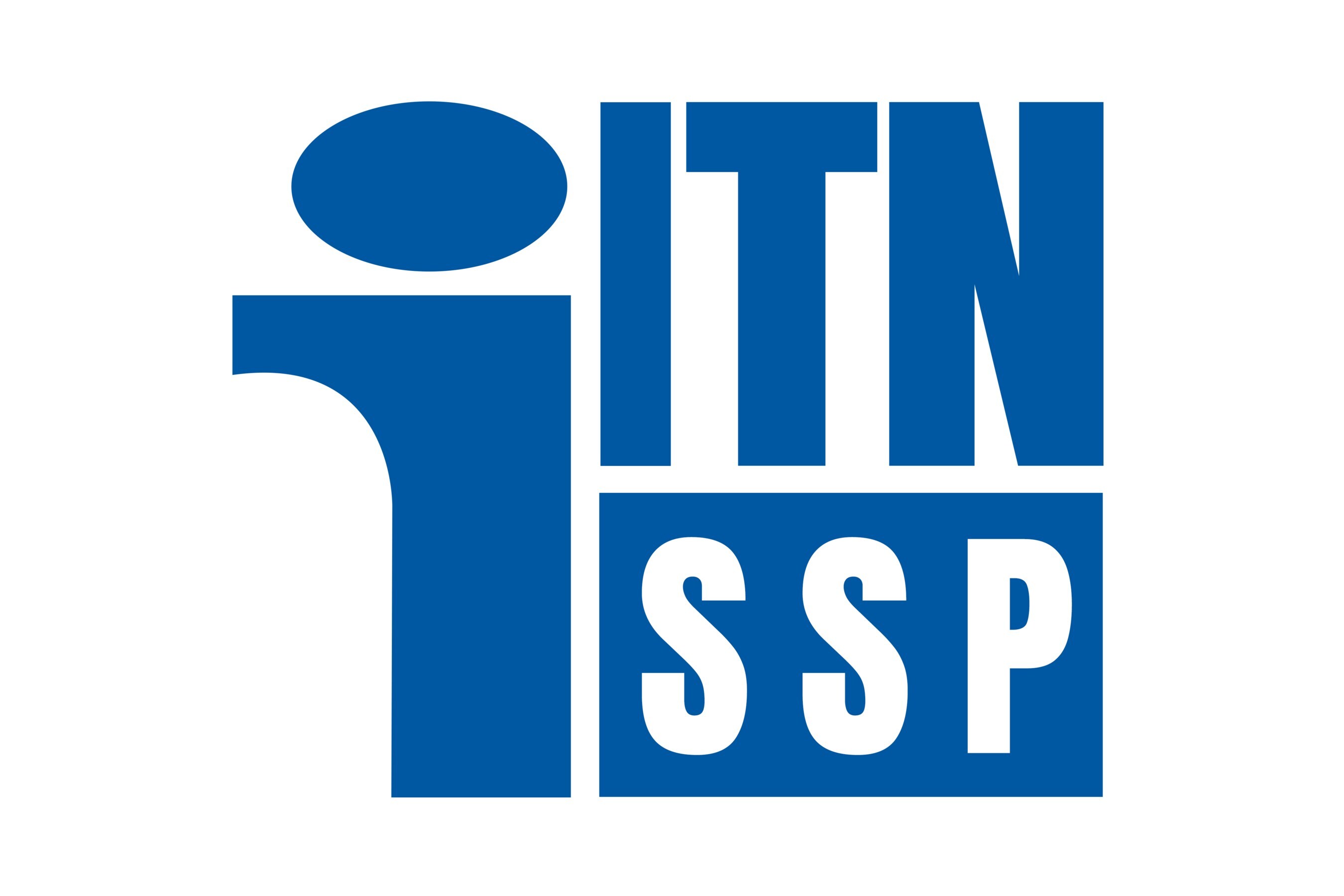GV Expo: NASA Outsourcing to Train for and Capture Mars Mission
WASHINGTON—By 2030, NASA wants films like “The Martian” to not be science fiction, but science fact (though probably without leaving Matt Damon stranded). In the build up to landing on the Red Planet, the public agency is continuing to test imagery equipment so that it can effectively record data and share it with the public, as mandated through its charter.

Rodney Grubbs
On day two of the 2016 Government Video Expo and National Drone Show, Rodney Grubbs, program manager of NASA’s Imagery Experts Program at the Marshall Space Flight Center, didn’t have to look too far to find some stuff that could be useful for NASA when he gave his presentation, “More and Better Pixels: How NASA Plans to Use HDR, 4K, VR and Other Technologies to Take Everyone Along for the Ride to Mars.”
“There are technologies that are on the floor here that solve problems for us,” Grubbs said. “And with a few tweaks we can make them useful for us to go on the ride to deep space and take all the rest of us who don’t get to fly along for the ride.”
So much of the technology that is at the forefront of the industry right now—VR, HDR, UHD, HEVC—has potential applications for current and future NASA missions. HTC headsets are being used to train astronauts for situations on the International Space Station. 360-degree cameras are replacing older, more expensive pan-tilt systems. HDR is replacing film for getting as much detail as possible in videos from things like rocket plumes. HEVC helps send higher resolution videos and images in smaller bit-rates.
Grubbs even shared during his presentation news that Japan was going to launch a cargo vehicle from the U.S. to the space station carrying a new RED camera with a REDCAST device delivering live 4K video, as well as an HEVC encoder to speed up the process. “It will allow us, hopefully if everything comes together and works right, to do the first live UHD downlink from a spacecraft,” said Grubbs.
Back in the 60s and 70s, developing this type of technology fell almost entirely on the shoulders of NASA. But as the commercial industry has grown NASA is doing a lot more collaboration outside of its own walls. “We’re not creating from scratch a lot of imaging and visual technologies so much any more,” explained Grubbs. “It’s mostly taking commercial products and figuring out other ways to use it or tweak it.”
The professional video industry's #1 source for news, trends and product and tech information. Sign up below.
Getting to Mars is going to be a massive effort, and as Grubbs knowingly admits, there is no such thing as a perfect system. So NASA is open and willing to work with anyone that can help with creating the ideal imagery equipment to bring the journey to Mars to the world.
